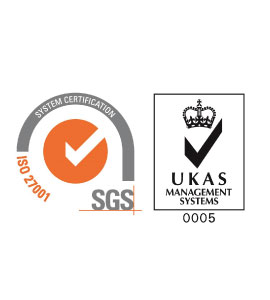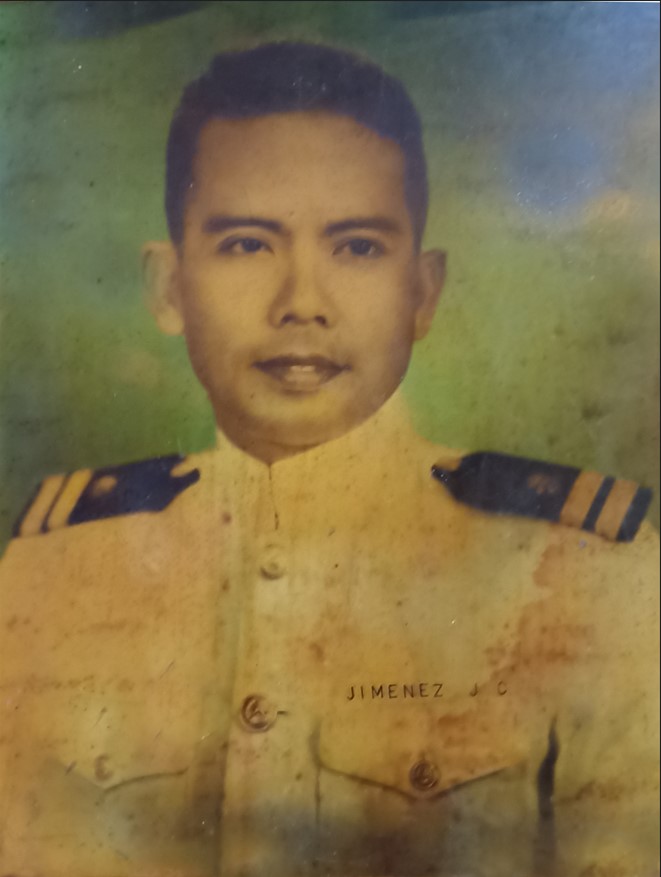
Through the dedication in the pursuit of excellence and development in the field of maritime education, late Commodore JAIME C. JIMENEZ, SR., PCGA, a retired officer of the Philippine Navy, Marine Engineer and Chief Marine Officer, conceived and established the Mariners Polytechnic Colleges Foundation. Commodore Jimenez, believed that the youth must be given the best education for them to become effective leaders of tomorrow. Hence, in 1974, he opened the Mariners Polytechnic School in Manila with an initial enrollment of 35 students.
Commodore Jimenez decided to transfer the school in the Bicol Region to help fellow Bicolanos develop into quality seafarers. From the first batch of 52 Bicolano seafaring cadets, the enrolment continuously grew, and that paved the way for the birth of the three schools in Bicol, the MPCF of Canaman, MPCF of Legazpi City and MPC Naga. Despite being identified as maritime schools, the three schools offer both land and sea-based courses. The Mariners’ Sister Schools uphold the honor code, “DO NOT LIE, CHEAT, OR STEAL”, and instill the core values of discipline, competence, social responsibility, honesty and loyalty among its young people.
The establishment of the Maritime schools in Bicol started when a small group of ambitious and enterprising professionals led by Commander Jaime C. Jimenez, Sr. (Retired) of the Philippine Navy, decided to put up a maritime school. The field of education was actually not new to him. He was a former Dean of the Department of Marine Engineering of the FEATI College and NAMEI Polytechnic Institute. He also taught Engineering and Naval subjects in several universities in Metro Manila.
On March 4, 1974, Commander Jaime C. Jimenez, Sr. and his partners started a school which they named Mariners’ Polytechnic School in downtown Manila. At that time, there was a strong competition among institutions of learning in Manila offering the same courses. Commander Jimenez, Sr. thought it was wiser to transfer the school to the Bicol Region in order to serve the underprivileged families in the provinces by making vocational and maritime education available to them.
On March, 1975, the Mariners’ Polytechnic School, was transferred to Naga City. The first batch of 52 students was housed in a modest two-story building in Elias Angeles St. Naga City with just a few staff, a small laboratory and a library filled with donated maritime books from the founder’s collections. That was the time that the demand for skilled seafarers was increasing, hence, the first batch of graduates got jobs that proved to be more lucrative than graduates of a one-year course. Later, the School’s name was formally changed to Mariners’ Polytechnic Colleges, Inc.
On May 10, 1984, a sister-institution, Mariners’ Polytechnic Colleges Foundation, was set up in the heart of Canaman, Camarines Sur. It bears now the name of Mariners’ Polytechnic Colleges Foundation of Canaman (Cam. Sur), Inc. It was established to provide the most advanced education in the maritime field, and to accommodate further the growing enrolment. The following year, in 1985, a third school was opened in Rawis, Legazpi City, Albay because of the clamor from nearby provinces to study maritime courses and avail of job opportunities being offered after graduation.
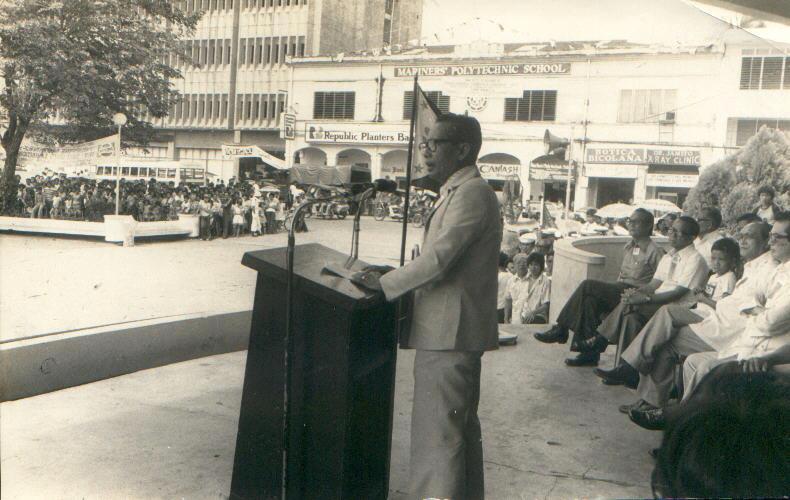

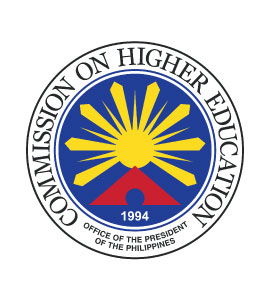

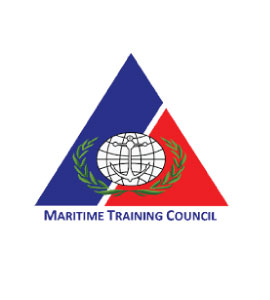
All courses are duly accredited and recognized by the Maritime Industry Authority, Commission on Higher Education (CHEd), Technical Education and Skills Development Authority (TESDA), and the Maritime Training Council (MTC).

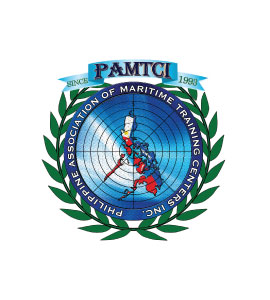
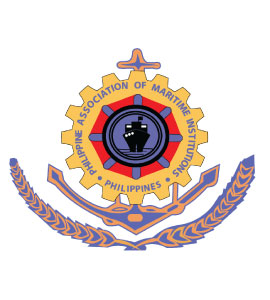

All courses are duly accredited and recognized by the Maritime Industry Authority, Commission on Higher Education (CHEd), Technical Education and Skills Development Authority (TESDA), and the Maritime Training Council (MTC).


